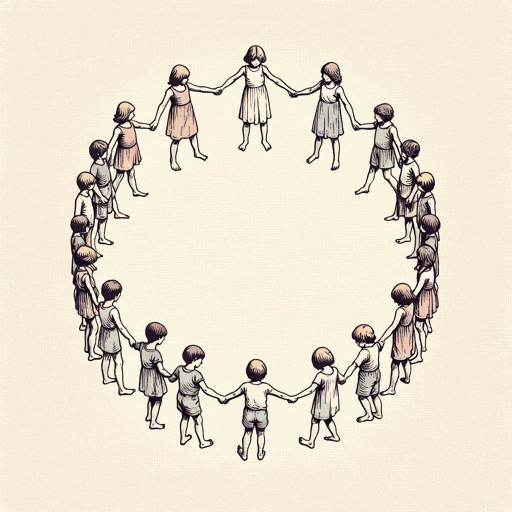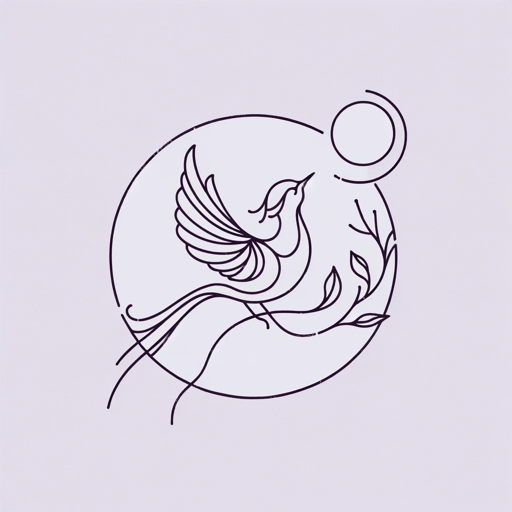35 pages • 1 hour read
Margaret AtwoodSiren Song
Fiction | Poem | Adult | Published in 1974A modern alternative to SparkNotes and CliffsNotes, SuperSummary offers high-quality Study Guides with detailed chapter summaries and analysis of major themes, characters, and more. For select classroom titles, we also provide Teaching Guides with discussion and quiz questions to prompt student engagement.
Symbols & Motifs
Music
Music (and the lack thereof) is a primary motif in Margaret Atwood’s “Siren Song.” From Greek myth comes the tale of the sirens who sing a song so compelling, it sends ships and men to wreck themselves against the rocks. The implication is that it is unbearably beautiful, or that it will impart something too great for mortals to suffer. For most of the poem, the song is kept from the reader/listener. In its place, the siren bargains and complains—and rather prosaically, at that. She seems to be a songless, as well as flightless, bird. Readers don’t really understand that the song has been sung until it’s over and it’s just the same old tune—irresistible, maybe, but utterly forgettable. In this case, melody is lost to the intimacy of the whispered lyric: “Come closer. This song” (Line 21).
Rule of Three
The rule of three is a significant motif in “Siren Song.” Atwood chooses to write the poem in tercets, or stanzas composed of three lines. There are nine stanzas, and three is the cube root of nine. In this iteration of the siren myth, three sirens live on the island. In art and design, three signifies a grouping that the eye finds pleasing; three objects form a grouping that the brain doesn’t need to further divide into smaller groupings to make sense of it.
Related Titles
By Margaret Atwood

Alias Grace
Margaret Atwood

Backdrop Addresses Cowboy
Margaret Atwood

Cat's Eye
Margaret Atwood

Death By Landscape
Margaret Atwood

Hag-Seed: William Shakespeare's The Tempest Retold
Margaret Atwood

Happy Endings
Margaret Atwood

Helen of Troy Does Countertop Dancing
Margaret Atwood

Lady Oracle
Margaret Atwood

Life Before Man
Margaret Atwood

MaddAddam
Margaret Atwood

Oryx and Crake
Margaret Atwood

Rape Fantasies
Margaret Atwood

Stone Mattress
Margaret Atwood

Surfacing
Margaret Atwood

The Blind Assassin
Margaret Atwood

The Circle Game
Margaret Atwood

The Edible Woman
Margaret Atwood

The Handmaid's Tale
Margaret Atwood

The Heart Goes Last
Margaret Atwood

The Landlady
Margaret Atwood

